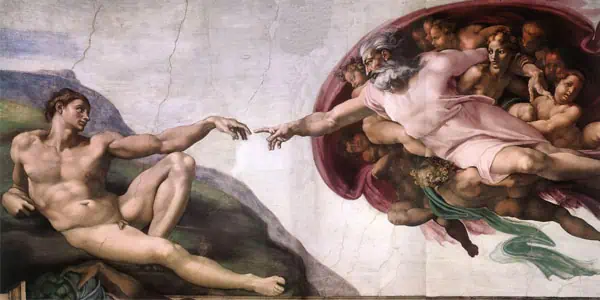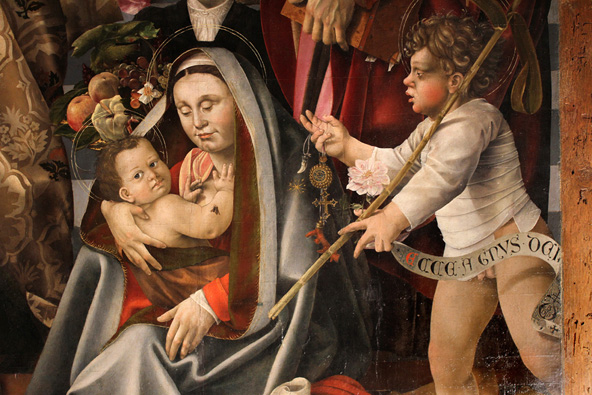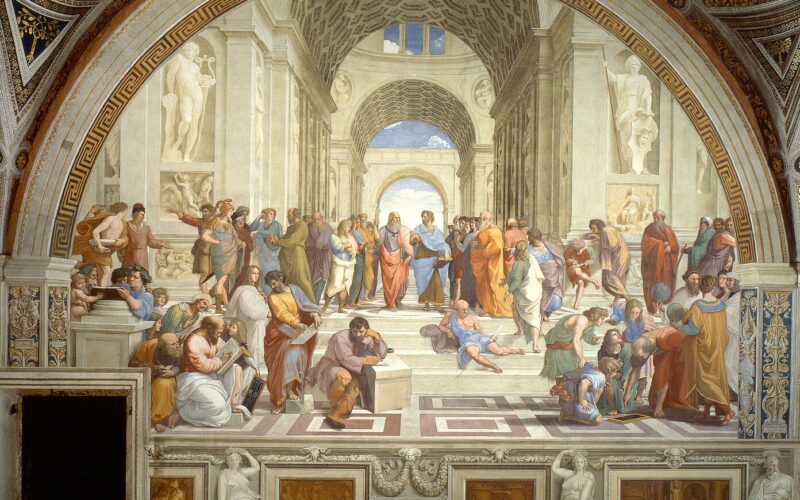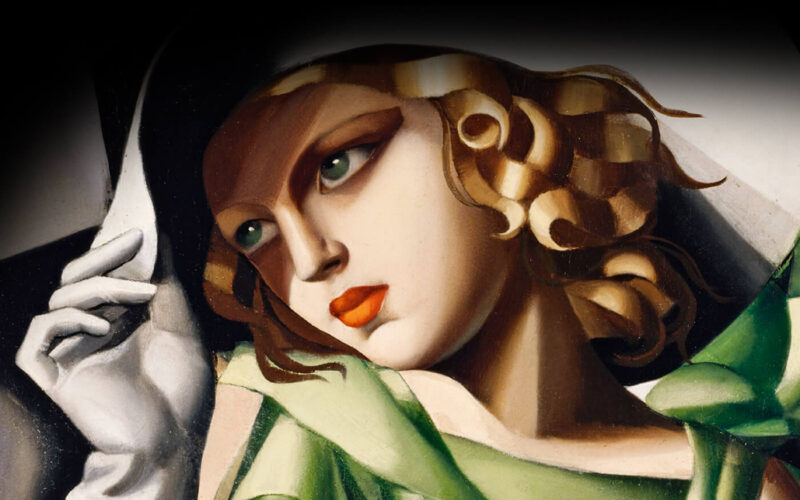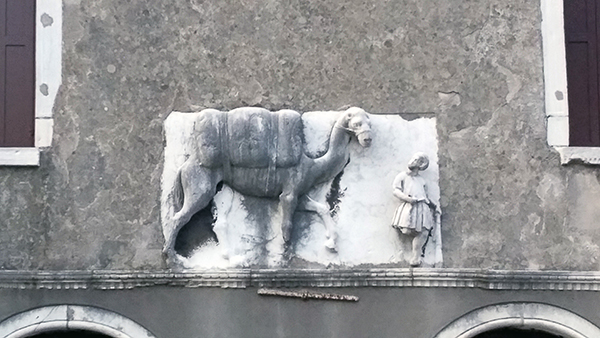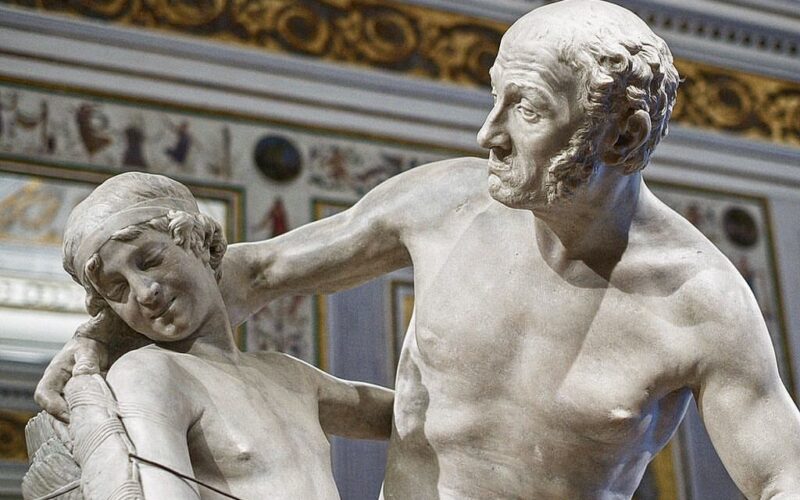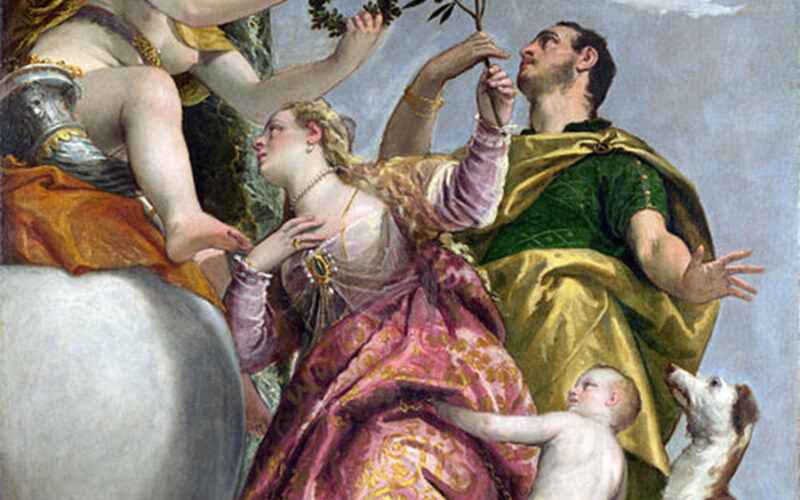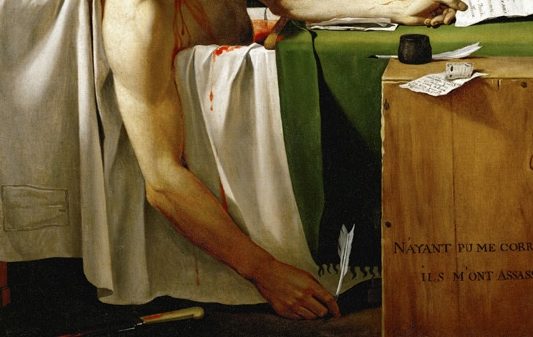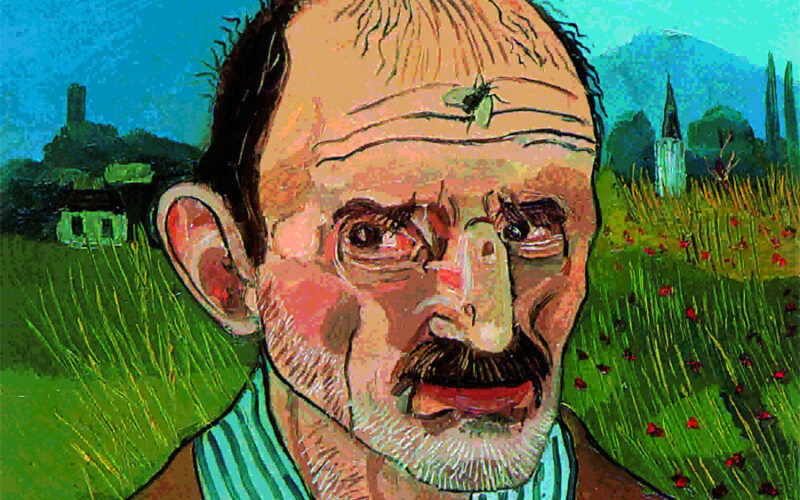
Antonio Ligabue: Unraveling the Fly’s Symbolism
In the silence of my studio, where the first lights of dawn begin to dance on the walls, my gaze falls again on the post I had dedicated to the symbolism of the fly in Renaissance and Flemish painting. That text, which had explored the brushstrokes of famous artists, now seems to be only the prelude to a more personal and profound discovery, finding its epiphany in the works of Antonio Ligabue, the instinctive painter whose life was never touched by scholarly culture.His self-portraits emerge from memory, vivid and unsettling. In the first, a fly is precisely positioned on the…

